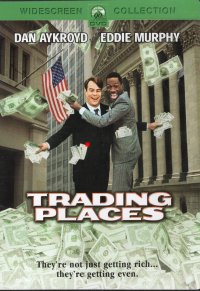 This film comes from the early middle 1980s, and it’s definitely a product of its time.
This film comes from the early middle 1980s, and it’s definitely a product of its time.
Eddie Murphy was beginning his ascent to being a box office superstar–he’d done 48 Hours the year before, and Beverly Hills Cop was a year in the future. Wait, then it was Coming to America in 1987, but The Golden Child in between, and maybe that was it–Boomerang and The Distinguished Gentleman and Vampire in Brooklyn were kinda flops, so aside from a couple of sequels which did okay, it was onto the silly family movies and remakes in the middle 1990s. Maybe Eddie Murphy’s heydey coincided with my youth and watching Raw and The Golden Child over and over on Showtime whilst in the trailer.
Still, one detects a certain theme in Murphy’s works: The fish out of water. The con out of jail. The Detroit cop in California. The PI in Tibet.
And, in this film, a con man swept up into a life of luxury. Dan Ackroyd, who is also in this film (I say that a bit facetiously–both he and Murphy star in the film and have equal billing), plays a commodities trader named Louis Winthrope who aspires to be respected by the old money men, played by Don Ameche and Ralph Bellamy. They, on the other hand, don’t think much of him. And when one of them reads an article about Nature vs. Nurture, he thinks that any man in the commodity trader’s environment would thrive, and that if Winthrop were out of his environment, he would not thrive. So they make a wager on it and they turn Winthrope out and replace him with Billy Ray Valentine (Murphy), a con man arrested after bumping into Winthrop outside the club. When Winthrop and Valentine learn of the scheme, they set about to reverse their fortunes and to bankrupt the Duke boys. That is, the old money brothers, not the Dukes of Hazzard.
Maybe I just haven’t watched enough period pieces set in the 18th or 19th century or much of recent times, but something about the club and the snooty people there and the social circles and the locations smack of the 1980s. One could almost imagine Judge Smalls from Caddyshack in the film. But unlike perhaps some recent things, it does not depict commodities trading or making fortunes as evil in and of themselves. Thematically, that will change, and by 1983, probably already is.
An amusing film which stands the test of time if you’re of a certain age. Undoubtedly, younger people might find it an anachronism. But maybe not–I caught my oldest re-watching The Secret of My Success. Maybe kids these days can appreciate aspirational comedies.
Oh, and the film also had Jamie Lee Curtis as a financially savvy prostitute. But, to be honest, I’ve never found Jamie Lee Curtis all that. Maybe it’s the short haircuts. But Kristin Holby, on the other hand, plays Winthrope’s fiance who abandons him in his time of need. She, I like, although she’s made up in this film to be a caricature of a shallow society girl.
Continue reading “Movie Report: Trading Places (1983)”



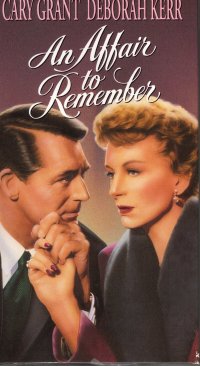 “Didn’t you just watch this movie?” my beautiful wife asked as she passed through the den the evening which I watched this film. No, gentle reader; we know I watched
“Didn’t you just watch this movie?” my beautiful wife asked as she passed through the den the evening which I watched this film. No, gentle reader; we know I watched 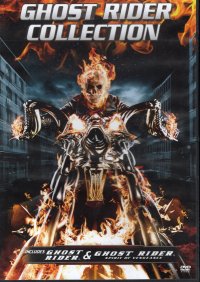 Gentle reader, I will ask you to indulge me here a bit. I saw Ghost Rider recently, but I cannot tell you how recently that would have been since I’ve only been doing movie reports since 2020 here (recently). I mean, I am pretty sure I watched it at Nogglestead, but it could have been on a DVD I rented in my most recent movie store membership days (within the last decade) or on a DVR version I recorded before the last time I cut the cord (also within the last decade, but more last decader than when I had the video store card). Or, gentle reader, it could have been somewhere in the middle where I bought the movie on physical medium, watched it, and put it on the “watched” shelves which are not as deep, extensive, or inscrutible as the Nogglestead bookshelves, but are quite deep never the less.
Gentle reader, I will ask you to indulge me here a bit. I saw Ghost Rider recently, but I cannot tell you how recently that would have been since I’ve only been doing movie reports since 2020 here (recently). I mean, I am pretty sure I watched it at Nogglestead, but it could have been on a DVD I rented in my most recent movie store membership days (within the last decade) or on a DVR version I recorded before the last time I cut the cord (also within the last decade, but more last decader than when I had the video store card). Or, gentle reader, it could have been somewhere in the middle where I bought the movie on physical medium, watched it, and put it on the “watched” shelves which are not as deep, extensive, or inscrutible as the Nogglestead bookshelves, but are quite deep never the less.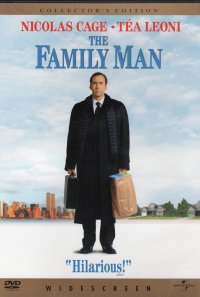 Like
Like 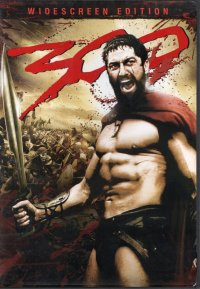 You know, I saw this film in the theater. I want to say it was at Crestwood Plaza, and my initial assessment was that it was with El Guapo, but given the timing of the film–it was four years past working with El Guapo, and but we were working across the street from each other downtown at the time. Perhaps I saw it with Gimlet, as I would have just finished working with his wife at the time. It’s only sixteen years ago, and already the memory is fuzzy.
You know, I saw this film in the theater. I want to say it was at Crestwood Plaza, and my initial assessment was that it was with El Guapo, but given the timing of the film–it was four years past working with El Guapo, and but we were working across the street from each other downtown at the time. Perhaps I saw it with Gimlet, as I would have just finished working with his wife at the time. It’s only sixteen years ago, and already the memory is fuzzy.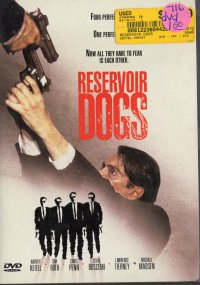 I got this film
I got this film 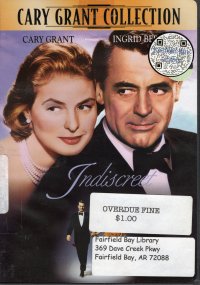 I bought this film
I bought this film 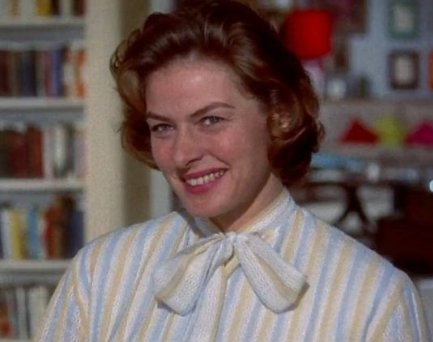
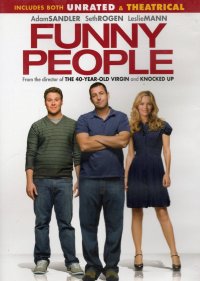 Well, I have often–well, I have once or twice–talked about the Sandlerverse and the Ferrellverse and even the Apatowverse. I’d say this is a crossover event, but really it’s an Apatow movie with Adam Sandler in the lead role, and it relies on actors from the Apatowverse (Seth Rogen, Jonah Hill), so this has nothing to do with the Sandlerverse at all. And it’s not even a comedy–it is a drama about comedians, so it has some jokes, but the situations themselves are not comic.
Well, I have often–well, I have once or twice–talked about the Sandlerverse and the Ferrellverse and even the Apatowverse. I’d say this is a crossover event, but really it’s an Apatow movie with Adam Sandler in the lead role, and it relies on actors from the Apatowverse (Seth Rogen, Jonah Hill), so this has nothing to do with the Sandlerverse at all. And it’s not even a comedy–it is a drama about comedians, so it has some jokes, but the situations themselves are not comic.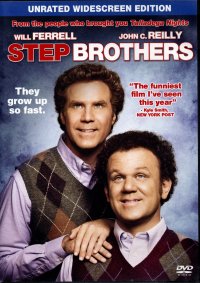 Well, this is another film in the Ferrelverse, and a 21st century film at that. I watched it without my boys even though they tend to favor Will Ferrell movies.
Well, this is another film in the Ferrelverse, and a 21st century film at that. I watched it without my boys even though they tend to favor Will Ferrell movies. 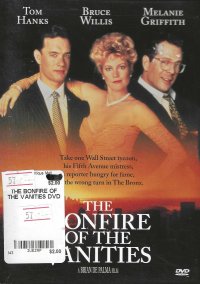 As I thought
As I thought 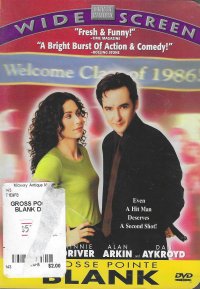 I guess it cannot be said that I’m on a John Cusack kick since the last film I watched of his was High Fidelity
I guess it cannot be said that I’m on a John Cusack kick since the last film I watched of his was High Fidelity 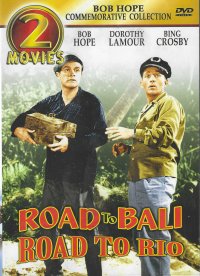 Ah, gentle reader, it was but
Ah, gentle reader, it was but 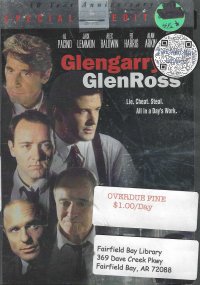 I got this DVD for a buck in Arkansas
I got this DVD for a buck in Arkansas 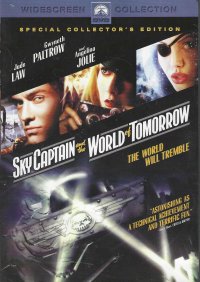 At Rob K.’s
At Rob K.’s 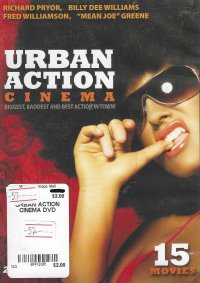 I don’t know where I bought this collection, but it looks to be fifteen films from the Blaxploitation era of the 1970s. And, to be honest, they’re not the best of them–one bets you could sell Shaft, Across 110th Street, Foxy Brown, Superfly, and a handful of other films singly–heck, I bought Get Christie Love! on a dollar DVD close to twenty years ago. But, you know, as I got into them, I discovered that they’re not so much Blaxploitation films as films with black casts.
I don’t know where I bought this collection, but it looks to be fifteen films from the Blaxploitation era of the 1970s. And, to be honest, they’re not the best of them–one bets you could sell Shaft, Across 110th Street, Foxy Brown, Superfly, and a handful of other films singly–heck, I bought Get Christie Love! on a dollar DVD close to twenty years ago. But, you know, as I got into them, I discovered that they’re not so much Blaxploitation films as films with black casts.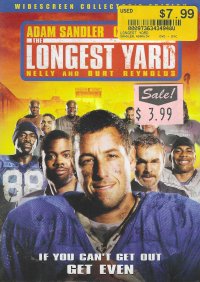 This is the Adam Sandler remake of the Burt Reynolds film
This is the Adam Sandler remake of the Burt Reynolds film 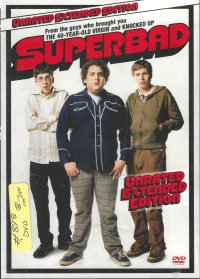 I picked this film up
I picked this film up 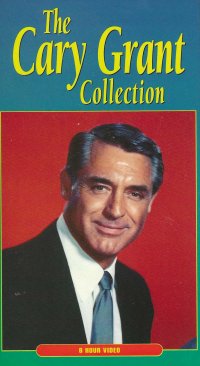 Gentle reader, over Memorial Day weekend (that long ago, sadly–I am far behind on my movie reports and not so much my book reports), I watched this single videocassette with three Cary Grant films which I bought
Gentle reader, over Memorial Day weekend (that long ago, sadly–I am far behind on my movie reports and not so much my book reports), I watched this single videocassette with three Cary Grant films which I bought 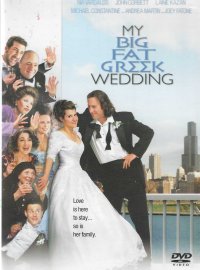 I bought this film at the Friends of the Springfield-Greene County Library book sale
I bought this film at the Friends of the Springfield-Greene County Library book sale 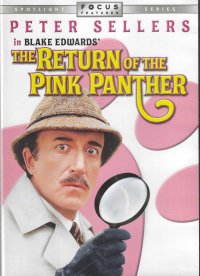 I kind of remember the Pink Panther movies from my younger years. I’d like to say that I saw one of them at the drive-in with my parents. We went a couple of times when I was younger, sometimes my parents, my brother, and I, and at least once with my mother and her friend the country singer and her two boys. Enough to think we went all the time, kind of like how a handful of Christmases and holidays from my very younger years set the pattern. But going to the drive-in in the late 1970s was already trending toward an anachronism. I’ve thought about taking my boys down to Aurora for the drive-in there (and mentioned it to my beautiful wife while talking about this film, triggering Facebook ads for that very drive-in). But I am sure my boys would find the experience underwhelming. I also think that I saw parts of a Pink Panther film when we later at the home of the country singer, her husband the wedding singer, and their two boys, either on a sleepover or in the interim month between exiting the projects and decamping for Missouri at the end of the school year–I remember the bit about Inspector Clouseau’s butler attacking him. I also remember that Inspector Clouseau was a bit of a, what, trope? when I was younger. You’d say someone was a Clouseau who was stating the obvious or was making a bad deduction. And look at his attire on the cover: He was the inspiration for Inspector Gadget, ainna?
I kind of remember the Pink Panther movies from my younger years. I’d like to say that I saw one of them at the drive-in with my parents. We went a couple of times when I was younger, sometimes my parents, my brother, and I, and at least once with my mother and her friend the country singer and her two boys. Enough to think we went all the time, kind of like how a handful of Christmases and holidays from my very younger years set the pattern. But going to the drive-in in the late 1970s was already trending toward an anachronism. I’ve thought about taking my boys down to Aurora for the drive-in there (and mentioned it to my beautiful wife while talking about this film, triggering Facebook ads for that very drive-in). But I am sure my boys would find the experience underwhelming. I also think that I saw parts of a Pink Panther film when we later at the home of the country singer, her husband the wedding singer, and their two boys, either on a sleepover or in the interim month between exiting the projects and decamping for Missouri at the end of the school year–I remember the bit about Inspector Clouseau’s butler attacking him. I also remember that Inspector Clouseau was a bit of a, what, trope? when I was younger. You’d say someone was a Clouseau who was stating the obvious or was making a bad deduction. And look at his attire on the cover: He was the inspiration for Inspector Gadget, ainna?